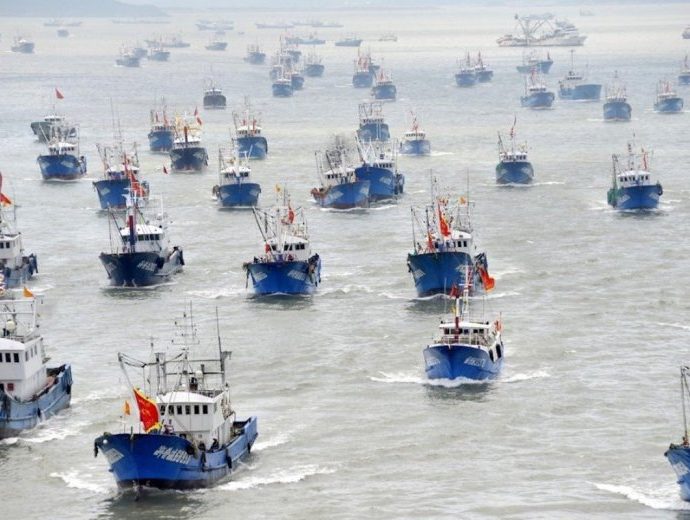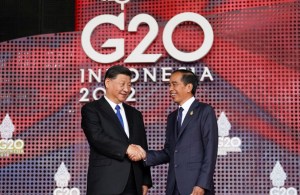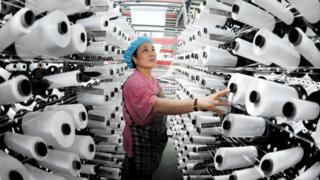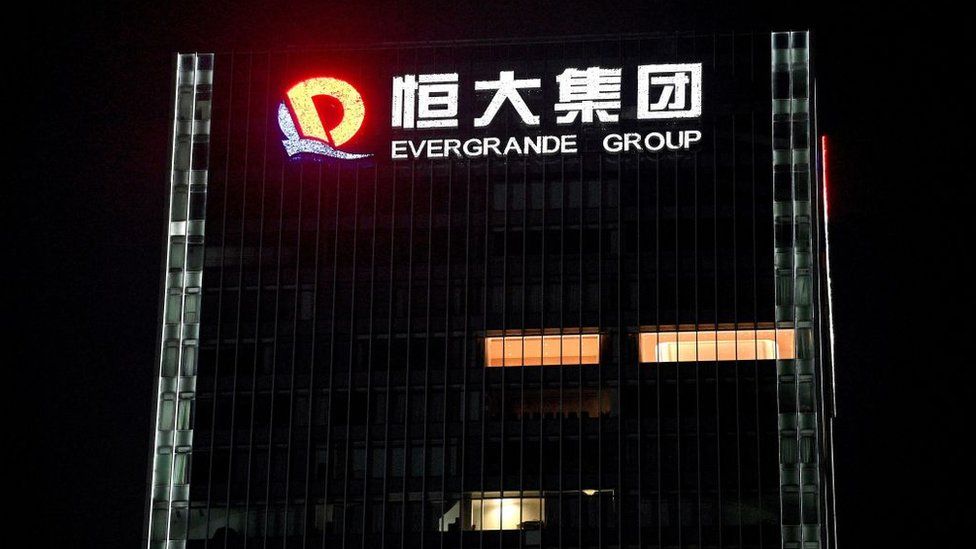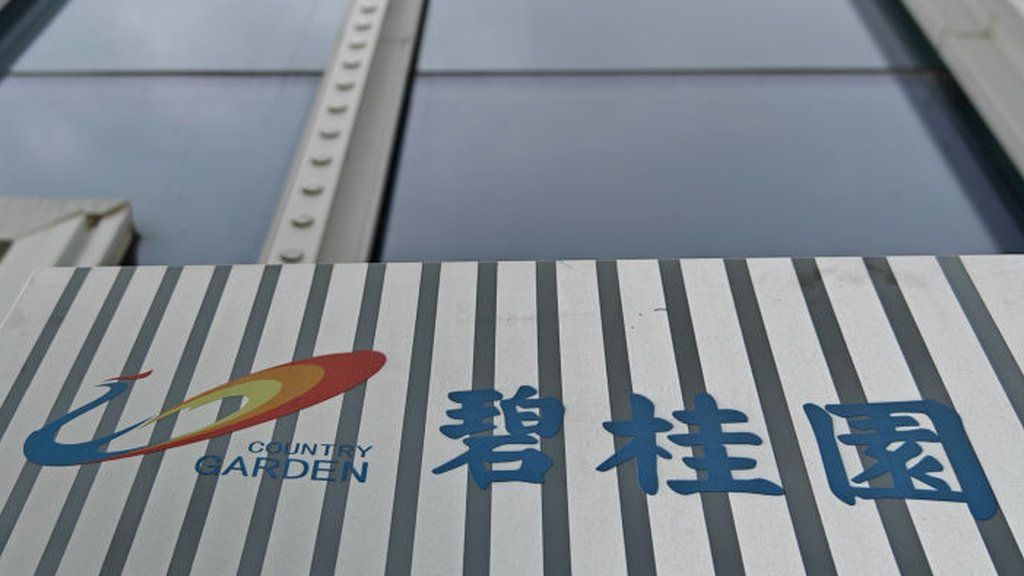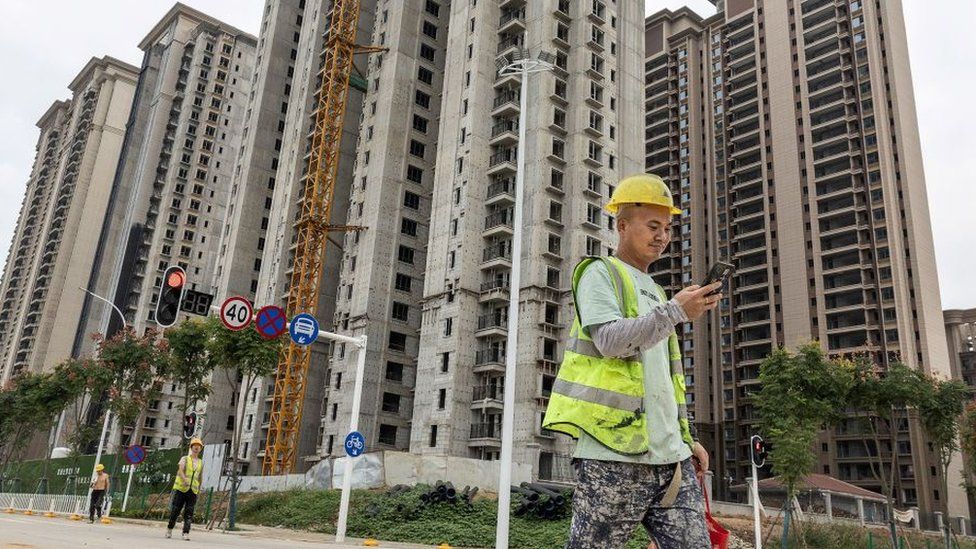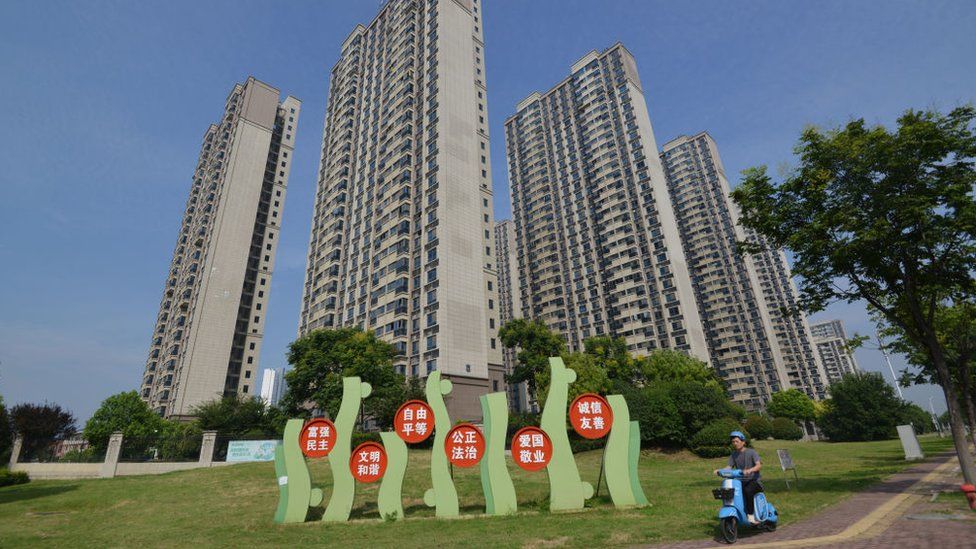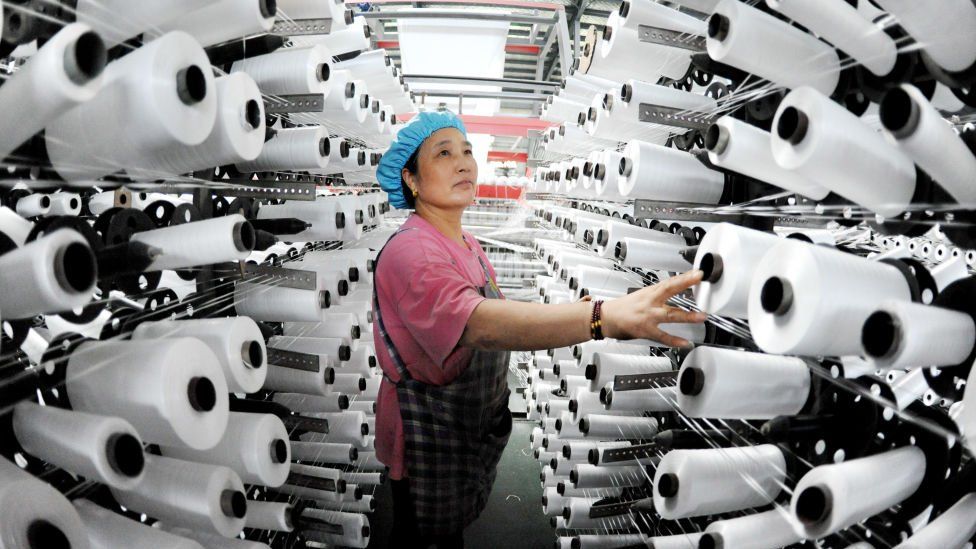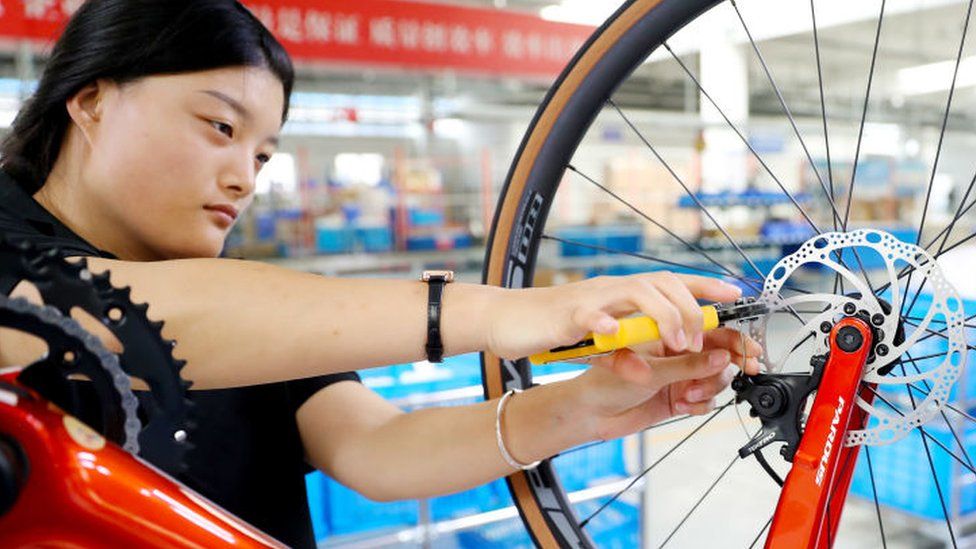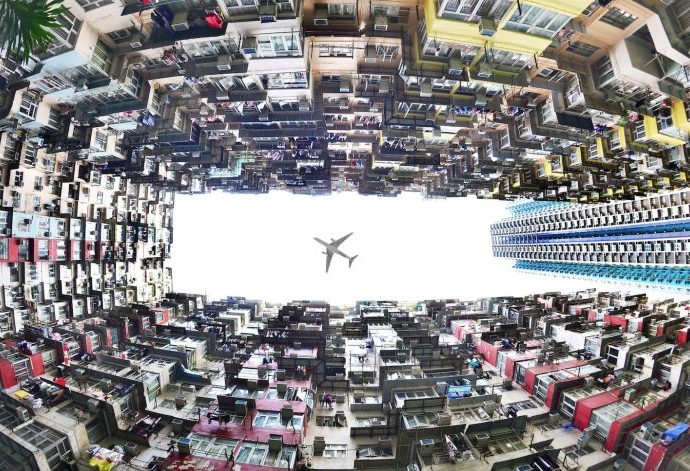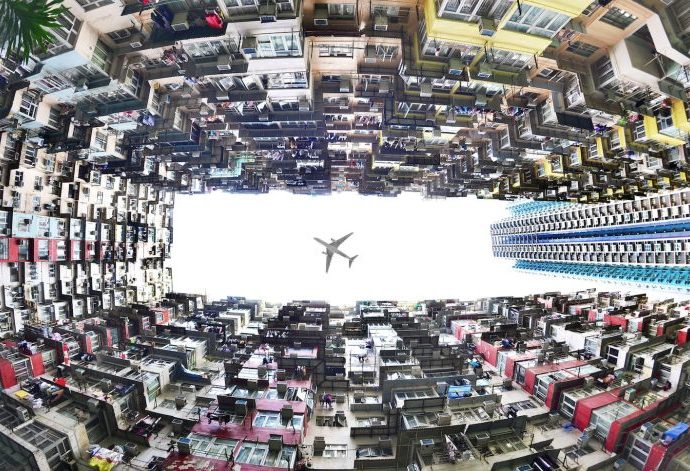ASEAN economies facing a dangerous combo
A potent combination of factors, including a stronger US dollar, a weaker Chinese economy, and rising oil prices, is creating a dangerous cocktail that threatens to disrupt the stability of Southeast Asian economies.
A strong dollar makes servicing dollar-denominated debt more expensive, increasing the burden on countries with substantial external debt.
Additionally, it could lead to capital outflows as investors seek higher returns in the US, putting downward pressure on currencies of the members of the Association of Southeast Asian Nations. As a result, import costs rise, contributing to inflationary pressures.
A slowing Chinese economy translates into reduced demand for ASEAN exports, particularly raw materials and intermediate goods. This has a direct impact on growth and could lead to reduced foreign investment as China’s economic health influences investor sentiment.
Meanwhile, higher energy costs contribute to inflation, which may prompt central banks to raise interest rates to combat rising prices. This, in turn, slows economic growth and impacts business and consumer sentiment.
The combined impact of a stronger dollar and higher oil prices can exacerbate current-account deficits in some ASEAN countries. These deficits lead to currency depreciation, making it challenging to attract foreign investment and service external debt.
Currency depreciation, driven by these factors, increases the cost of repaying foreign-denominated debt. This could prompt greater financial instability, especially for companies that have borrowed in foreign currencies, which may have trouble servicing their debt. As such, investors in these companies face heightened default risks.
Another issue is that the volatile mix of a strong dollar, a weaker Chinese economy, and higher oil prices can trigger stock market corrections, resulting in capital flight. Investors may reduce their exposure to ASEAN equities, leading to bearish market sentiment.
In addition, with slowing economic growth and currency volatility, foreign direct investment (FDI) into the region could slow. International investors may divert their capital to safer havens or more promising emerging markets, diminishing the flow of foreign funds.
Governments in ASEAN countries will need to implement sound economic policies and structural reforms to counteract these challenges. For example, diversifying trade partners and reducing reliance on China will help mitigate the risk of a weaker Chinese economy.
They should also consider targeted fiscal and monetary policies to stimulate domestic demand and investment.
Global investors should closely monitor the economic and financial conditions in ASEAN nations.
Diversifying their portfolios and incorporating risk management strategies with an independent financial adviser will be crucial in navigating these turbulent waters.
In the midst of these challenges, opportunities may also emerge for those investors who carefully assess risks and seize them as they arise.
Nigel Green is founder and CEO of deVere Group. Follow him on Twitter @nigeljgreen.


